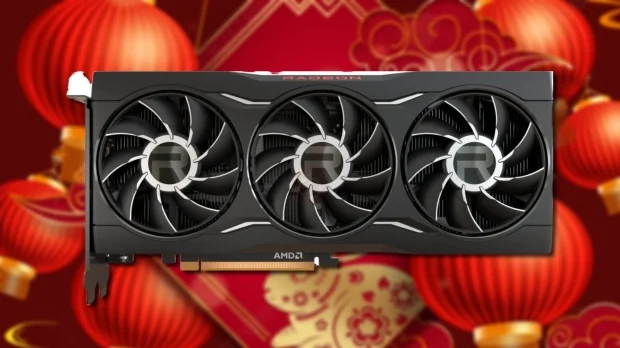The wireless earbuds market has exploded in recent years, growing by over 30% annually. As consumers increasingly seek a more immersive audio experience, new technologies like Ultra-Wideband (UWB) are shining. Samsung, a leader in audio innovation, continues to push boundaries. This article will explore Samsung’s UWB earbuds patent, its implications for the future of audio tech, and the benefits and challenges it brings.
Samsung’s UWB Technology: A Primer
What is Ultra-Wideband (UWB)?
Ultra-Wideband is a wireless communication technology that uses a wide spectrum of frequencies. Key features of UWB include:
- Precision: UWB can pinpoint locations within centimeters.
- Low Power Consumption: It is energy efficient compared to traditional wireless methods.
Unlike Bluetooth, which has a limited range and struggles with latency, UWB allows for quicker data transfer with minimal delays. In sectors like automotive and smart home technology, UWB adoption is already making waves, enhancing features and functionalities.
UWB in Samsung Devices
Samsung has already integrated UWB technology into various devices. For example, the Galaxy Note20 series comes equipped with UWB, facilitating features like Digital Key for unlocking cars, showcasing UWB’s versatility beyond audio applications.
The Potential of UWB in Audio
In the realm of audio, UWB offers several advantages:
- Improved Latency: This enables real-time audio syncing, crucial for gaming and media.
- Enhanced Security: UWB’s design provides better protection against unauthorized access.
- Precise Audio Spatialization: Users may experience sound as if it’s coming from various directions, enhancing immersion.
The Samsung UWB Earbuds Patent: Key Features and Functionality
Patent Details
Samsung’s UWB earbuds patent (application number not specified) outlines innovative features aimed at enhancing user experience. Key claims focus on improved connectivity and audio quality.
Improved Connectivity
The patent proposes using UWB to create a more stable and efficient connection between earbuds and source devices. This superior connectivity means less audio dropouts and interruptions, leading to a more enjoyable listening experience.
Enhanced Audio Experience
The technology detailed in the patent could significantly reduce latency, ensuring that audio remains in sync with video content. It also positions Samsung to deliver clearer and richer sound quality, appealing to audiophiles and casual listeners alike.
Market Implications and Competitive Landscape
Disruption in the Wireless Earbuds Market
Samsung’s UWB earbuds could disrupt the wireless earbuds market considerably. Compared to traditional Bluetooth earbuds, UWB offers improved connectivity and user experience. This could prompt a shift in consumer preferences.
Competition and Innovation
Other companies are recognizing UWB’s potential. For instance, Apple has explored UWB with its AirTags and iPhones, enhancing device tracking. As competition heats up, brands must innovate quickly to keep pace.
Consumer Adoption
Consumer adoption of UWB technology in earbuds will depend on several factors:
- Cost: As with any new technology, pricing will play a significant role.
- Availability: The more accessible the devices, the faster they will be adopted.
- Consumer Awareness: Educating consumers about the benefits of UWB will be crucial for widespread acceptance.
Challenges and Future Developments
Technological Hurdles
Implementing UWB in earbuds comes with challenges, such as:
- Power Consumption: While UWB is typically low power, maintaining battery efficiency in earbuds is vital.
- Cost: Developing UWB technology can be expensive, impacting retail prices.
Regulatory Considerations
Regulatory hurdles could also impact adoption. Standards set by bodies like the Federal Communications Commission (FCC) must be met for commercial use. Compliance with regulations will be necessary to ensure success.
Future Innovations
As UWB technology matures, further applications in earbuds may emerge. Future innovations could include smart features like voice assistants or real-time environmental adjustments for optimal audio experiences.
Conclusion: The Future of UWB in Earbuds
Samsung’s UWB earbuds patent signals an exciting era for audio technology. The potential benefits, including enhanced connectivity and audio quality, are significant. However, challenges such as cost and regulatory hurdles remain. As the wireless earbuds market evolves, staying informed about UWB technology will be crucial for consumers and industry watchers alike.


